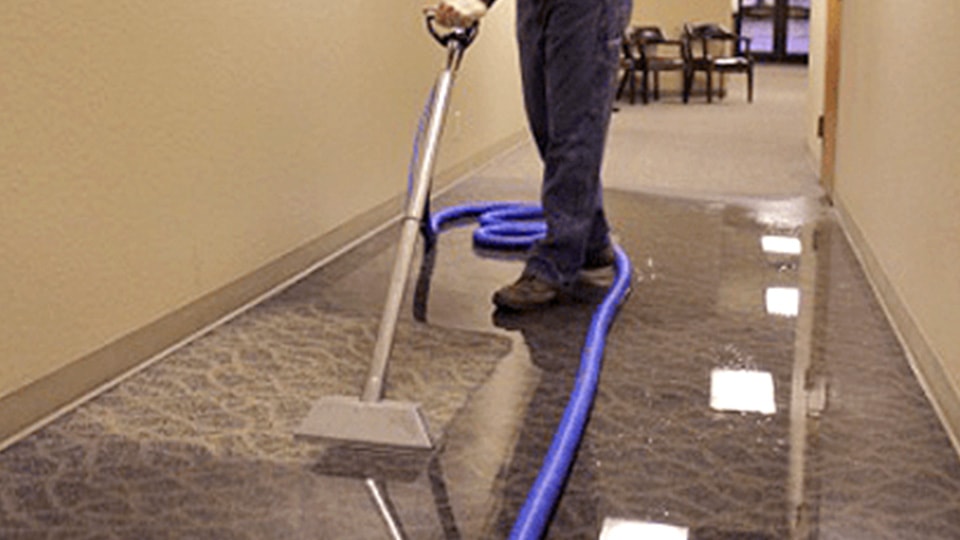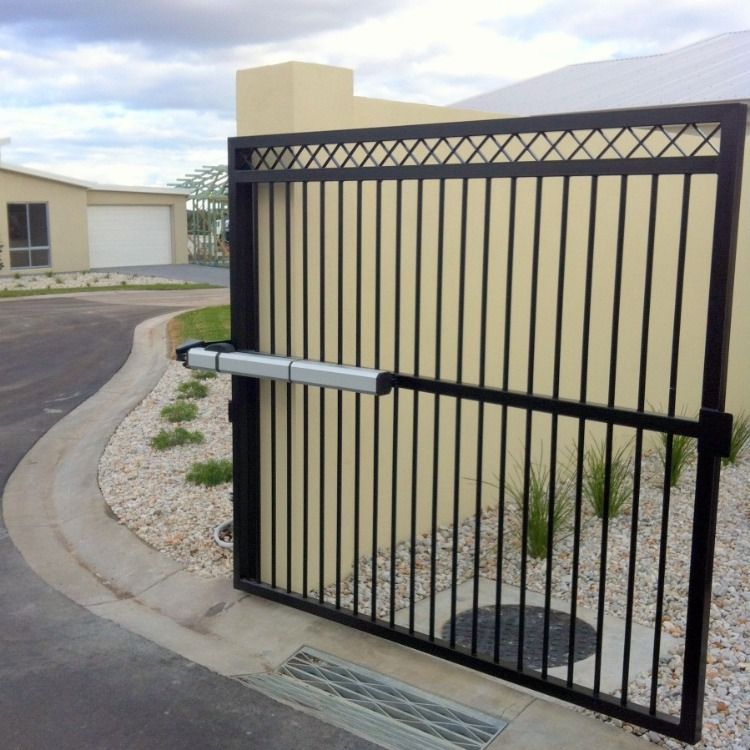Water damage is not unheard of. Much after infernos, water in the form of a flood can destroy properties. A simple water damage restoration process such as vacuuming and drying are the steps employed in water damage services. Although this isn’t a call for DIY water damage restoration, it gives an idea of what to expect from relevant companies.
What you didn’t know about water restoration
After removing water, decontaminating the environment, and drying moisture, little goes into restoring the home to pre-storm conditions. However, water damage requires a quick call to action. Microbiology tells us that moisture and stagnant water are breeding grounds for mold and bacteria. More so, living is considered unsafe in such environments. The media emphasizes the need to rebuild a waterlogged home. Before the arrival of the experts, removing soft carpets and flooring is a good step, to begin with. And when the professionals arrive, they proffer solutions to replace infected materials.
Examples of absorbent and replaceable materials in the home are ductwork, furniture, walls, drapery, clothing, floors, and air conditioning systems.
What does water damage service entail?
The water restoration is far from simple. Despite involving seemingly easy-to-accomplish steps, there is more to the water damage service that meets the eye.
Property inspection
Exclusive to professionals, property inspection takes into cognizance, areas in the home that normal people would often ignore. The inspection aims to determine the extent and type of damage. In more ways than one, knowing the class of water damage guides the action plan draft for the restoration process.
Different classes of water damage
- Class one – As the least level of damage, class 1 damage is seen in homes where there is little moisture.
- Class two – Coupled with a particular section in the home, the walls and carpeting have absorbed moisture
- Class three – Almost rebuked as the worst, it involves waterlogged walls, a considerable part of the property, and waterlogged ceiling.
- Class four – Threatens the structure of the home since stone, hardwood, and concrete have been affected.
According to water damage services, water damage has three categories:
- A condition where clean water sources such as pipes and toilet tanks are damaged. When ignored for too long, this particular category degenerates into the next.
- This is the category that includes contamination from dishwashers and washing machines. Both equipment supply ‘grey water’ and could damage clean water.
- Bad water is entirely unhealthy for drinking or cleaning. Common sources are flooding, sewage, and stagnant water. Best avoid them as they may cause illnesses and deaths.
The next steps after property inspection are water removal, drying, cleaning, and restoration. A combination of these steps makes up effective water damage services offered by concerned companies.
Whether you are a victim of broken faucets or flood, you must remove debris in the home immediately. According to the Environmental Protection Agency, materials in the home are described as unfit after 48 hours of exposure to water damage. When the materials are discarded, harmful microorganisms are curbed.



